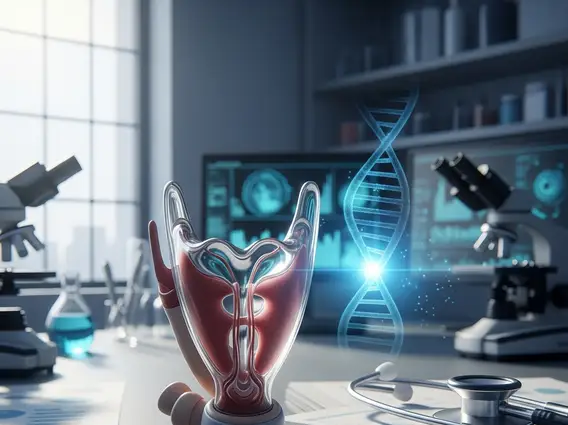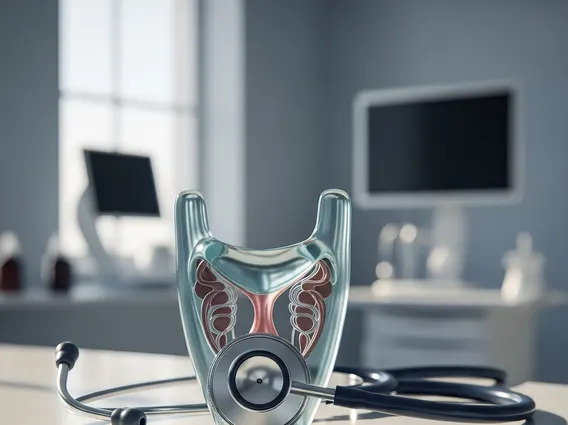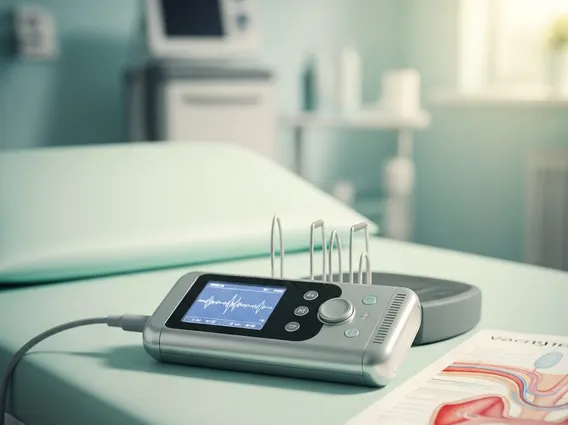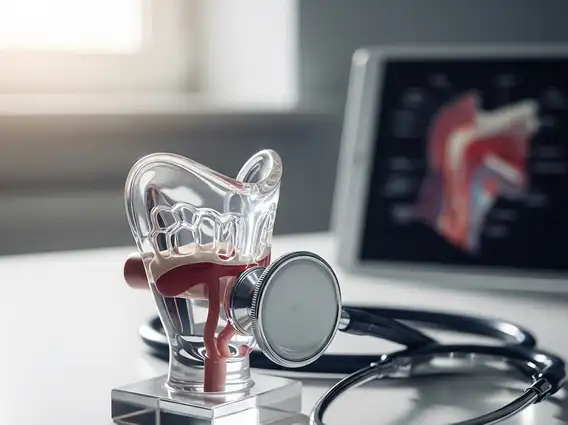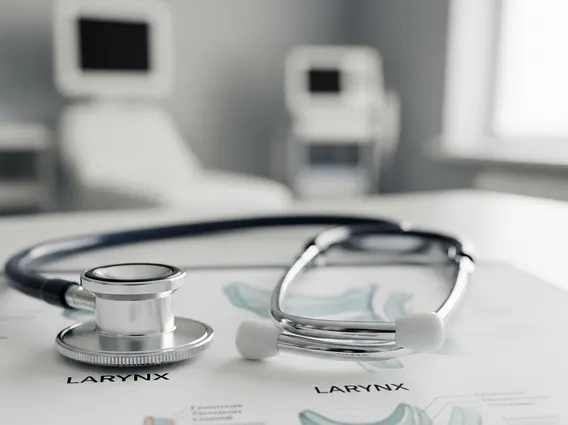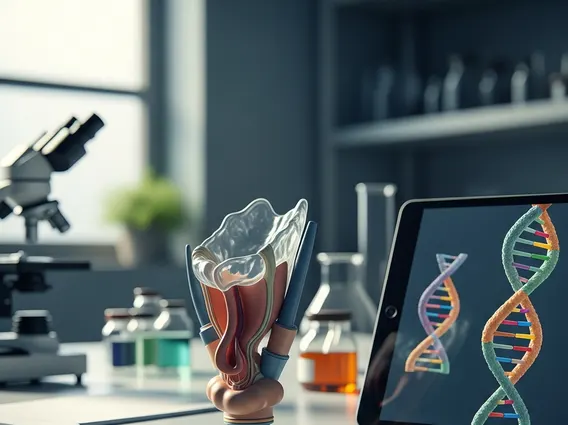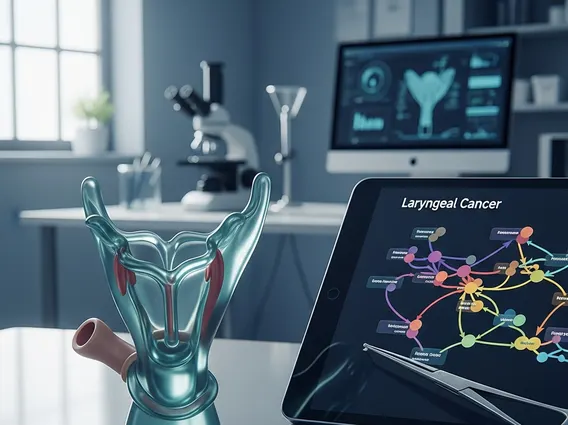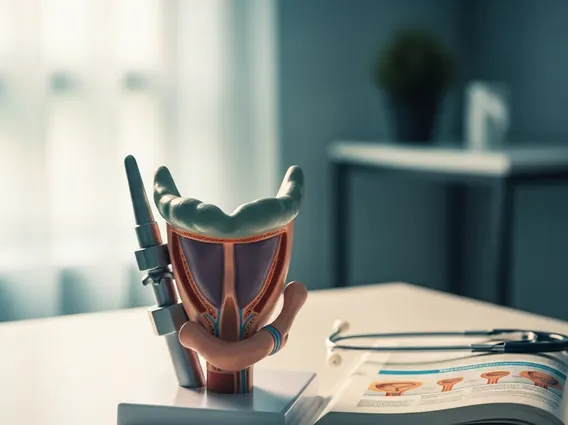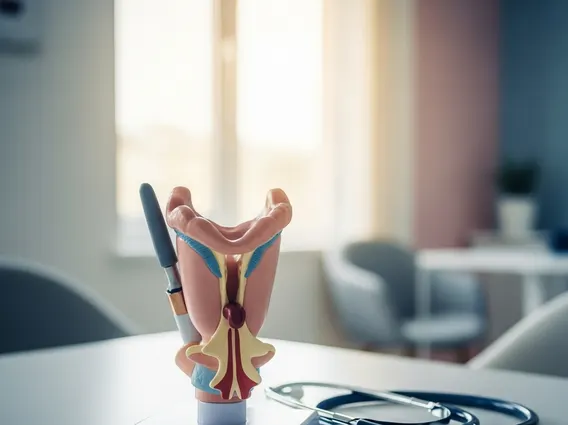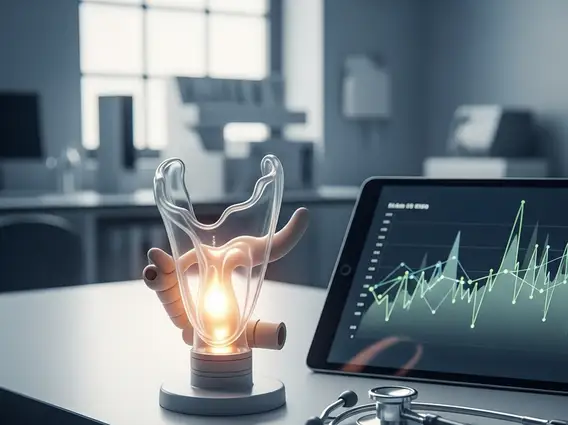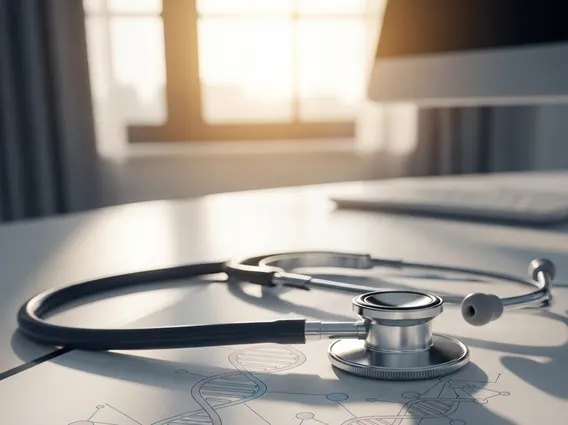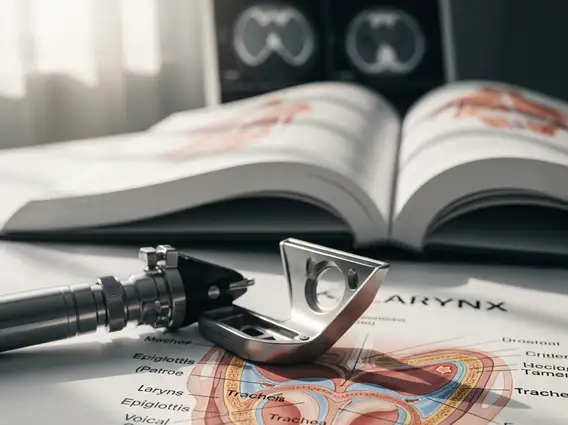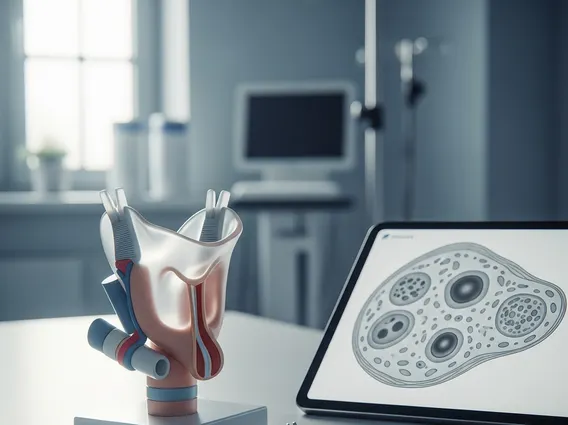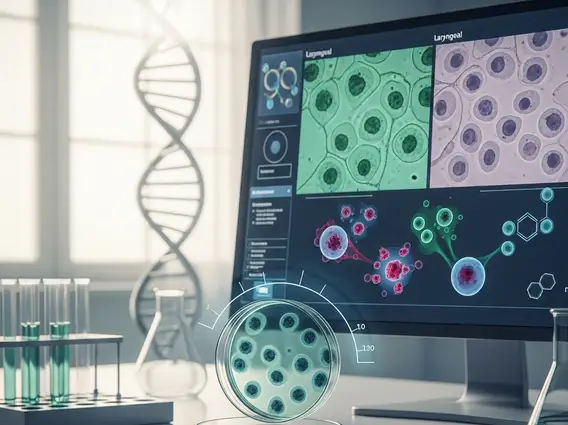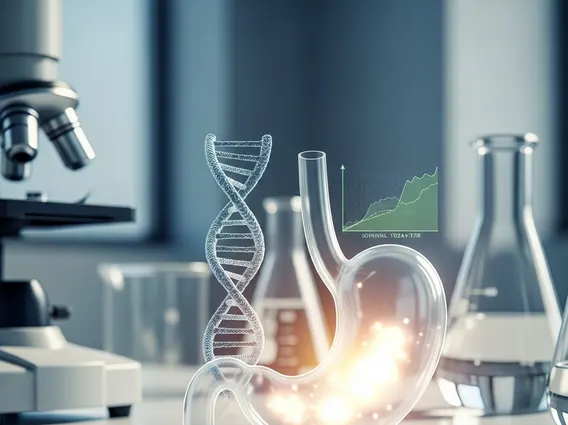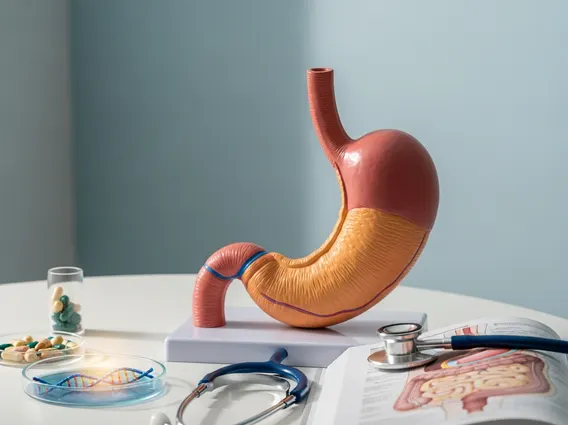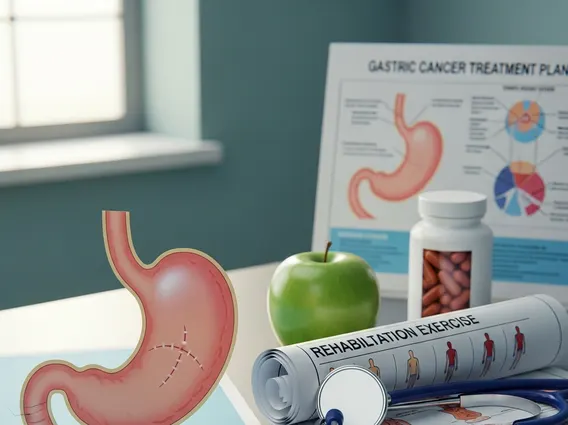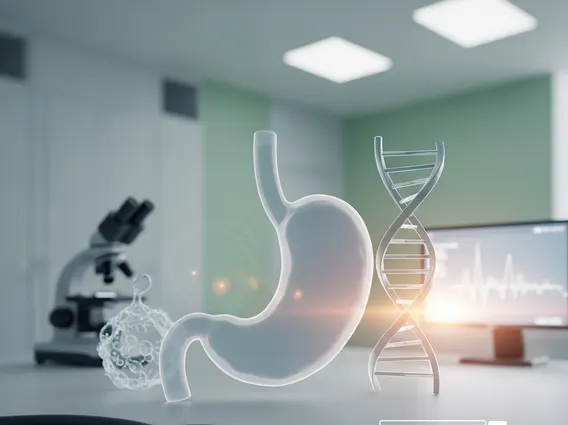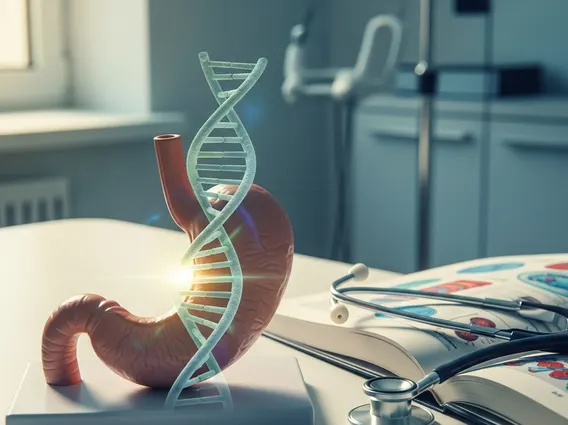One of the most aggressive types of Non-Hodgkin’s Lymphoma is Burkitt Lymphoma (BL), which begins in immune cells called B-cells. Lymphoma is a cancer of the lymphatic system, which is part of the germ fighting network around the body. The lymphatic system includes the spleen, lymph nodes, bone marrow, and thymus gland. BL is a rare type of lymphoma, occurring in only 2% of all adult lymphoma cases. However, it is much more common in lymphoma cases of children rather than adults. In the United States, there are roughly 1,200 cases seen in adults per year.
In adult cases of Burkitt lymphoma, mutations in the MYC gene are common and can be used to confirm the diagnosis of the disease. This will also help physicians distinguish the disease from diffuse large B-cell lymphoma (DLBCL). The two types of Non-Hodgkin’s Lymphoma appear similarly but are treated differently.
Specific Subtypes of Burkitt Lymphoma
There are 3 specific subtypes of BL, these include:
- Sporadic Burkitt Lymphoma: Although rare in adults, BL accounts for roughly 30% of all pediatric cases of lymphoma. The most common place for the disease in children is a tumor within the abdomen.
- Endemic Burkitt Lymphoma: This is the most common type of BL and often occurs in the jaw. The incidence rate in Africa and New Guinea is 50 times higher than in the United States. The Epstein-Barr virus is the biggest risk factor in the development of Endemic Burkitt Lymphoma.
- Immunodeficiency-Related Burkitt Lymphoma: This subtype of lymphoma is common in those with existing immunodeficiencies such as HIV or inherited immune deficiencies. Those recovering from organ transplants and take immunosuppressive medications are also at risk for this subtype of BL.
Symptoms of Burkitt Lymphoma
The symptoms for Burkitt lymphoma can depend on where the tumor is located, and which subtype of disease is present. For example, endemic BL lymph nodes. The other subtypes of Burkitt lymphoma typically show similar symptoms to other lymphomas.
Symptoms seen in most types of non-Hodgkin’s lymphomas including BL can include:
- Unexpected weight loss
- Night sweats
- Fever
- Persistent fatigue
Once a diagnosis is confirmed, BL can be treated differently than other lymphomas. Treatment for BL often includes chemotherapy, immunotherapies, and a CNS prophylaxis, which involves an injection of chemotherapy and/or radiation therapy directly into a vein to kill cancer cells within the central nervous system. If you have any of the above symptoms, you should see a doctor for further testing to confirm the diagnosis. Biopsies are often done to categorize the lymphoma as Burkitt.
Lymphoma patients may also consider clinical trials, which offer access to new studies that are not widely available. Massive Bio guides patients through a comprehensive, artificial intelligence powered clinical trial matching process. Participating in a clinical trial provides patients with new studies they would otherwise not have access to. There are approximately 52 active clinical trials for BL therapies in the United States. If you want to learn more about clinical trials for lymphoma, contact your team at Massive Bio.
Sources:

